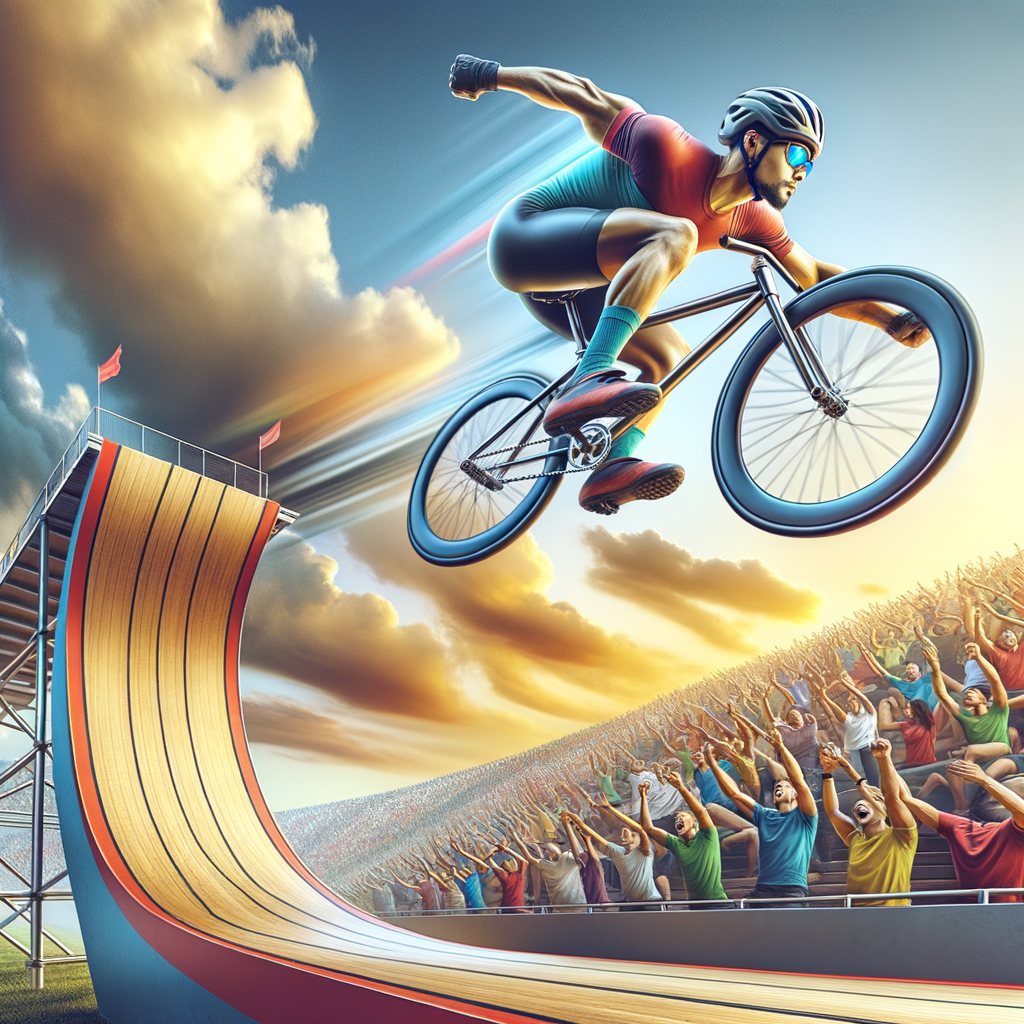
Motion photography is the art of capturing the dynamism and energy of a moment. From sports events to serene urban scenes, every photograph can reflect the vibrancy and emotions if you know how to do it right. In this article, we will discuss key techniques and tips to help you capture stunning moments in motion, regardless of your photography experience.
Understanding motion is the first step to creating impressive shots. Before you press the shutter, it’s essential to grasp not only the subject you are capturing but also the surrounding conditions. Let's explore several aspects that can enhance your skills in motion photography.
1. Choosing the Right Equipment
For action shots, you need a camera that can focus quickly and produce high-quality images. DSLR or mirrorless cameras are typically best suited for these tasks. Use lenses with fast autofocus and wide apertures to capture sharp and vibrant images even in low-light conditions.
2. Camera Settings
Getting the right camera settings is critically important for motion photography. Use burst mode to capture several shots in rapid succession. Set a high shutter speed to freeze the motion and adjust ISO to achieve desired brightness. Don’t hesitate to experiment with settings to find ideal conditions for your scene.
3. Lighting and Location
The right location can greatly affect the quality of your photographs. Bright, natural light typically leads to successful shots. However, when working in low-light conditions, external flashes or reflectors can help illuminate the subject. While choosing a location, also consider the surrounding elements that can complement or distract from the main subject.
4. Composition of the Frame
Composition is a critical aspect of motion photography. Utilize compositional rules, such as the rule of thirds, to enhance the dynamism of your shot. Sometimes framing the subject off-center can add tension and interest. You can also experiment with various angles and heights to create unique and captivating shots.
5. Shooting Techniques
When photographing moving subjects, try out different techniques. For example, follow the motion of the object using panning technique. This will create a blurred background effect, emphasizing the dynamics of the subject. If shooting sports, capture the moment of culmination when the action intensifies to create dramatic effect.
6. Post-Processing
After completing the shoot, you can significantly enhance your photographs in the post-processing phase. Use editing software to adjust brightness, contrast, and color saturation. Adding blur or effects can help highlight movement and increase drama. Remember to balance enhancing the photograph while maintaining its natural feel.
Conclusion
Motion photography is an art that requires practice and patience. Experiment with different techniques, settings, and styles, and over time you will create truly impressive shots. Don’t be afraid to break out of the norm; your creative approach will surely reflect in your work.


